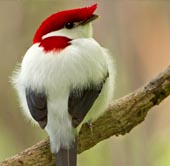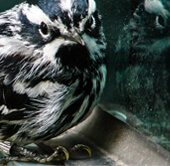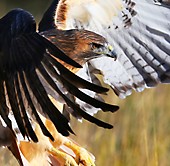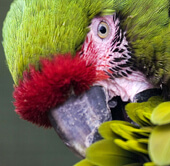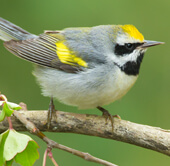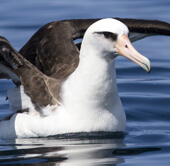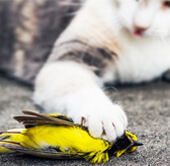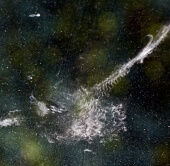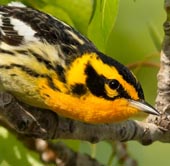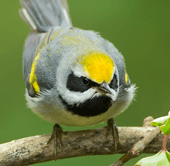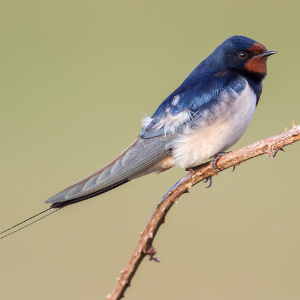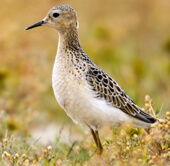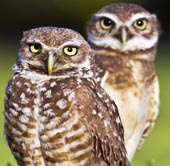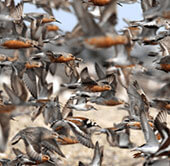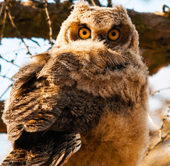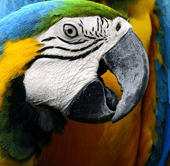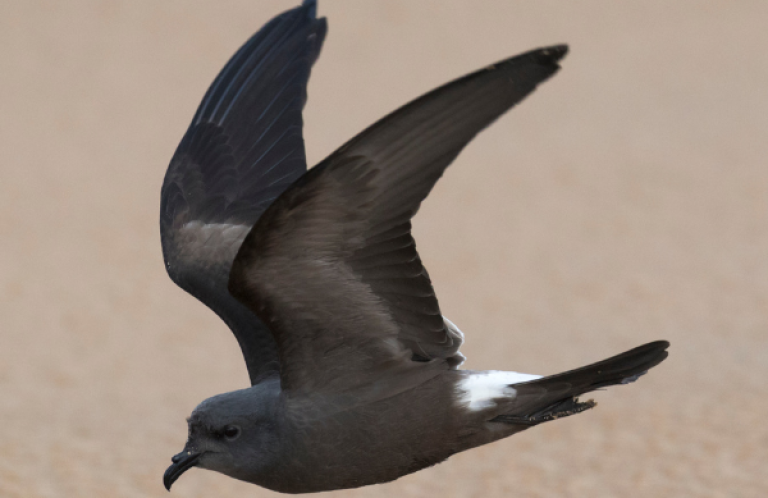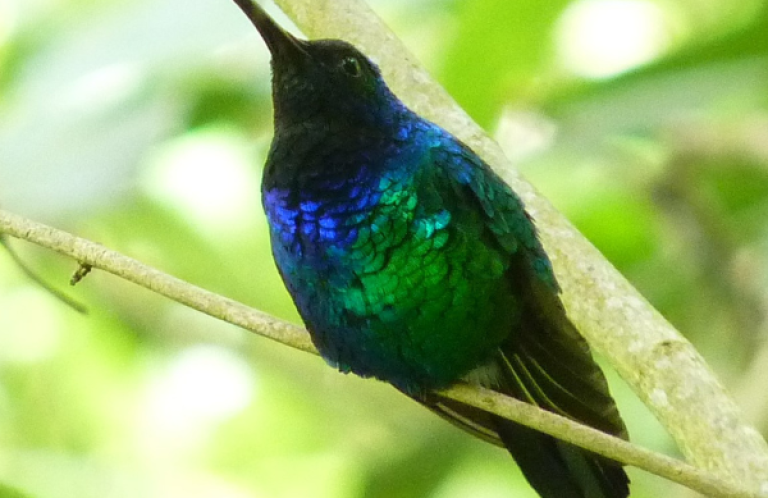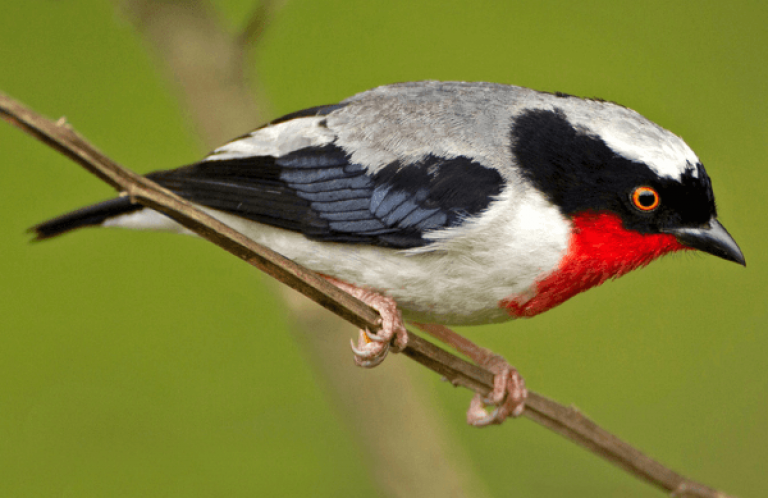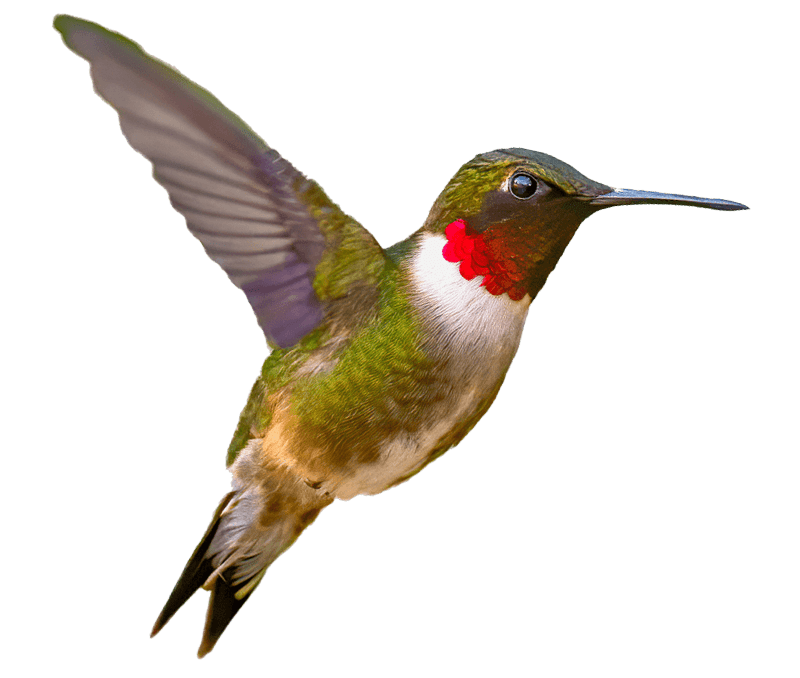FWS Reopens Comment Period for Hyacinth, Military, and Great Green Macaws Under the Endangered Species Act
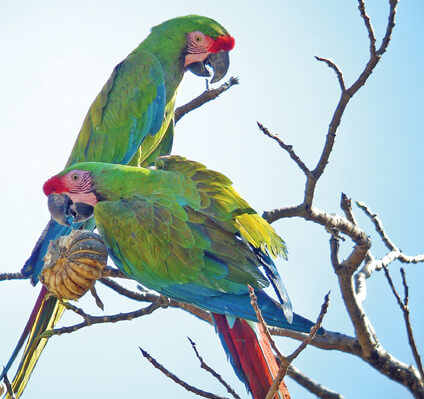 |
| Military Macaws by P. Morris |
(Washington, D.C., March 1, 2013) The U.S. Fish and Wildlife Service (FWS) has reopened the comment period for the Hyacinth Macaw, Great Green Macaw and Military Macaw concerning listing those species as endangered under the Endangered Species Act (ESA). FWS says it is extending the comment period “…..to allow all interested parties an opportunity to provide additional comments…”
On July 6, 2012, the U.S. Fish and Wildlife Service (FWS) published in the Federal Register proposals to protect the species as endangered under the ESA. The proposals each had a 60-day comment period, ending September 4, 2012.
Information already submitted will be fully considered and does not need to be resubmitted.
Following an analysis of the comments and any new information that may become available during this comment period, the FWS will move forward as appropriate with the development of and publication of the status review of this species.
The Hyacinth Macaw is the largest parrot by length in the world, measuring 3.3 ft. long from the tip of its tail to the top of its head and weighing up to about 3.5 pounds. It has a large curved black beak and Intense cobalt blue coloration. Habitat loss and trapping wild birds for the pet trade has taken a heavy toll on their population in the wild. The species mainly inhabits Paraguay, Brazil and Bolivia.
The Great Green Macaw is the second largest macaw in the world. It averages about 33–36 inches long and weighs almost three pounds. It is a bright green bird with streaks of blue and yellow in the wings and complements of red in the tail and above the large, black bill. Major threats are habitat destruction from logging, conversion of land to agriculture and cattle pasture, poaching for the pet and feather trades, and hunting. It ranges from Honduras to Ecuador in small fragmented populations.
The Military Macaw is about 28 inches long on average and weighs about 2–2.4 lbs. It is mostly green in color with the head a slightly paler shade. It bears a red frontal patch, with a white bare facial area barred with narrow black lines. The flight feathers are blue and the red tail bordered with blue. The large, strong beak is grey-black and the iris yellow. Population losses to this species are mostly due to deforestation and the capturing of wild birds for the pet trade industry. The Military Macaw is found in Peru, Ecuador, Colombia, Venezuela, Mexico, Bolivia and Argentina.
Written comments and information concerning each proposed listing for these species can be submitted by one of the following methods to the appropriate Federal Register docket numbers:
• Federal eRulemaking Portal. Follow the instructions for submitting comments to the following docket numbers:
o Great Green and Military Macaws: Docket No. [FWS-R9-ES-2011-0101] o Hyacinth Macaw: Docket No. [FWS-R9-ES-2012-0013]
• U.S. mail or hand-delivery: Public Comments Processing, Attn: [please use appropriate docket number for each species – see above]; Division of Policy and Directives Management; U.S. Fish and Wildlife Service; 4401 N. Fairfax Drive, MS 2042–PDM; Arlington, VA 22203.
FWS intends that any final action resulting from these proposed rules will be based on the best scientific and commercial data available and be as accurate and as effective as possible. Comments and materials, as well as supporting documentation used in preparing the proposed rules, will be available for public inspection at regulations.gov under the above dockets numbers. In addition, details on the kinds of information the FWS is seeking is available in each proposed rule.
Comments on each proposed rule must be received on or before April 22, 2013. The Federal Register publication of this notice is also available online by clicking on the 2013 Proposed Rules under Endangered and Threatened Wildlife and Plants.
Addition of a foreign species to the Federal List of Endangered and Threatened Wildlife places restrictions on the importation of either the animal or its parts. Listing can also generate conservation benefits, such as increasing awareness of the species, prompting research efforts to address their conservation needs, or funding conservation in range countries.

